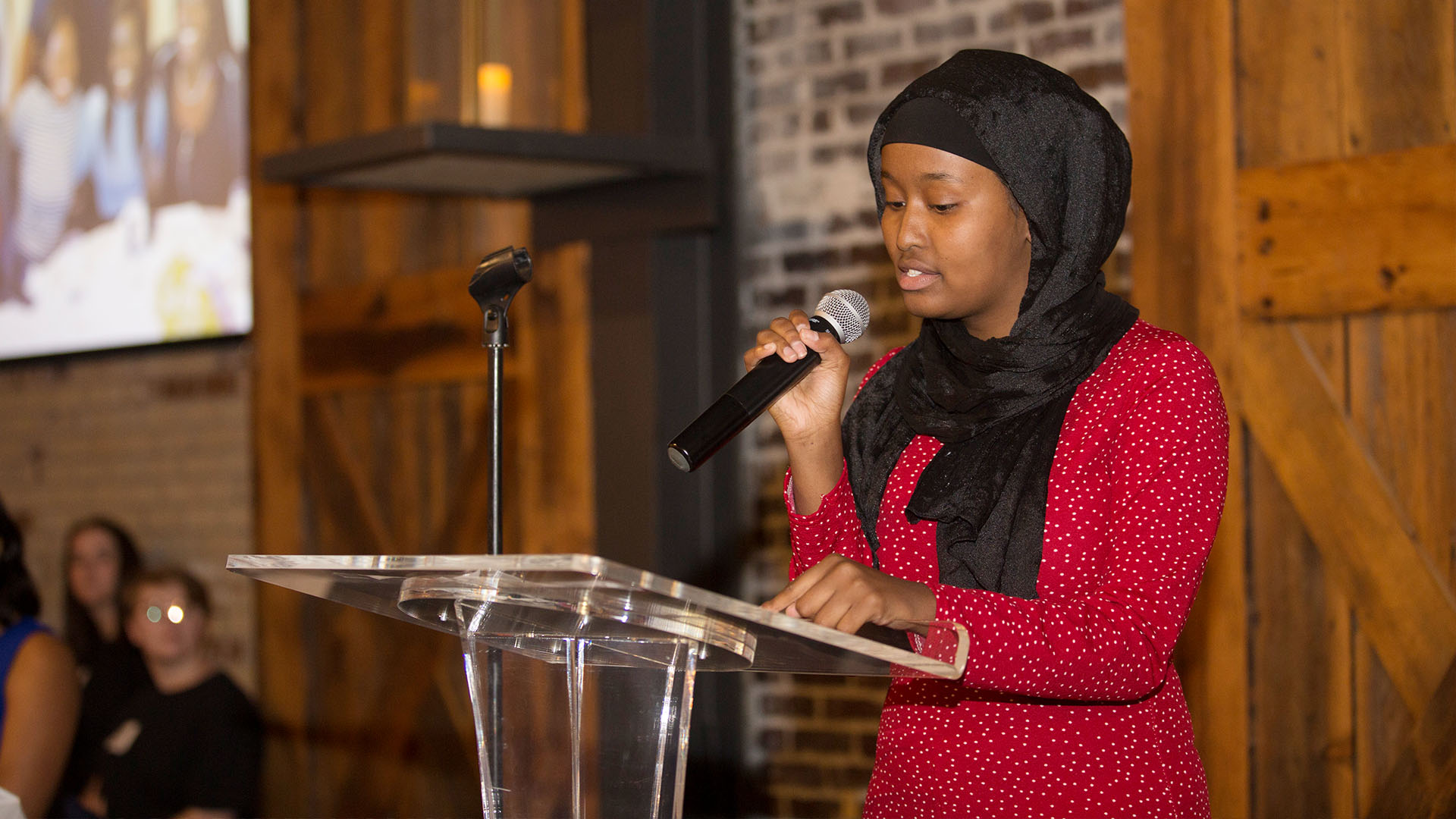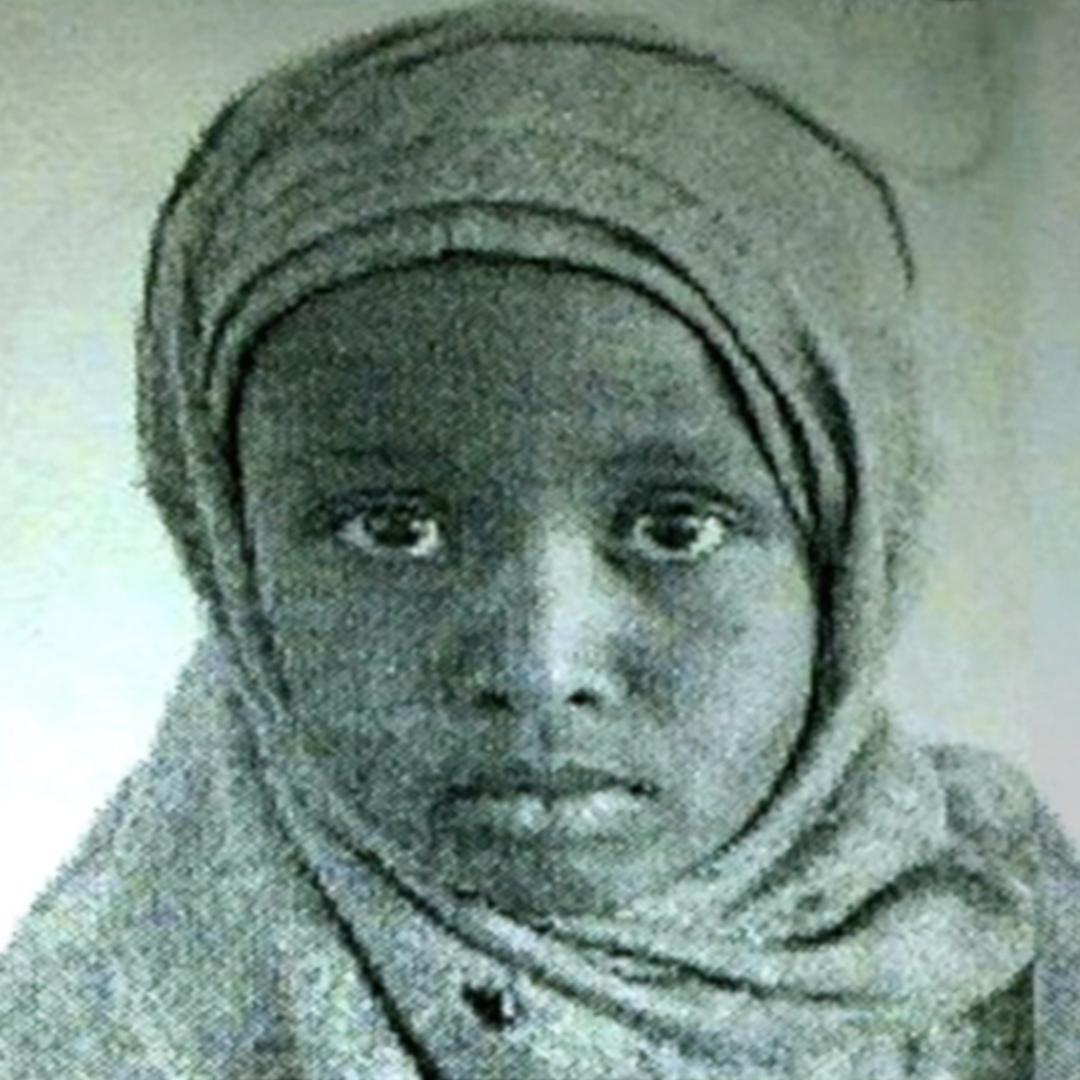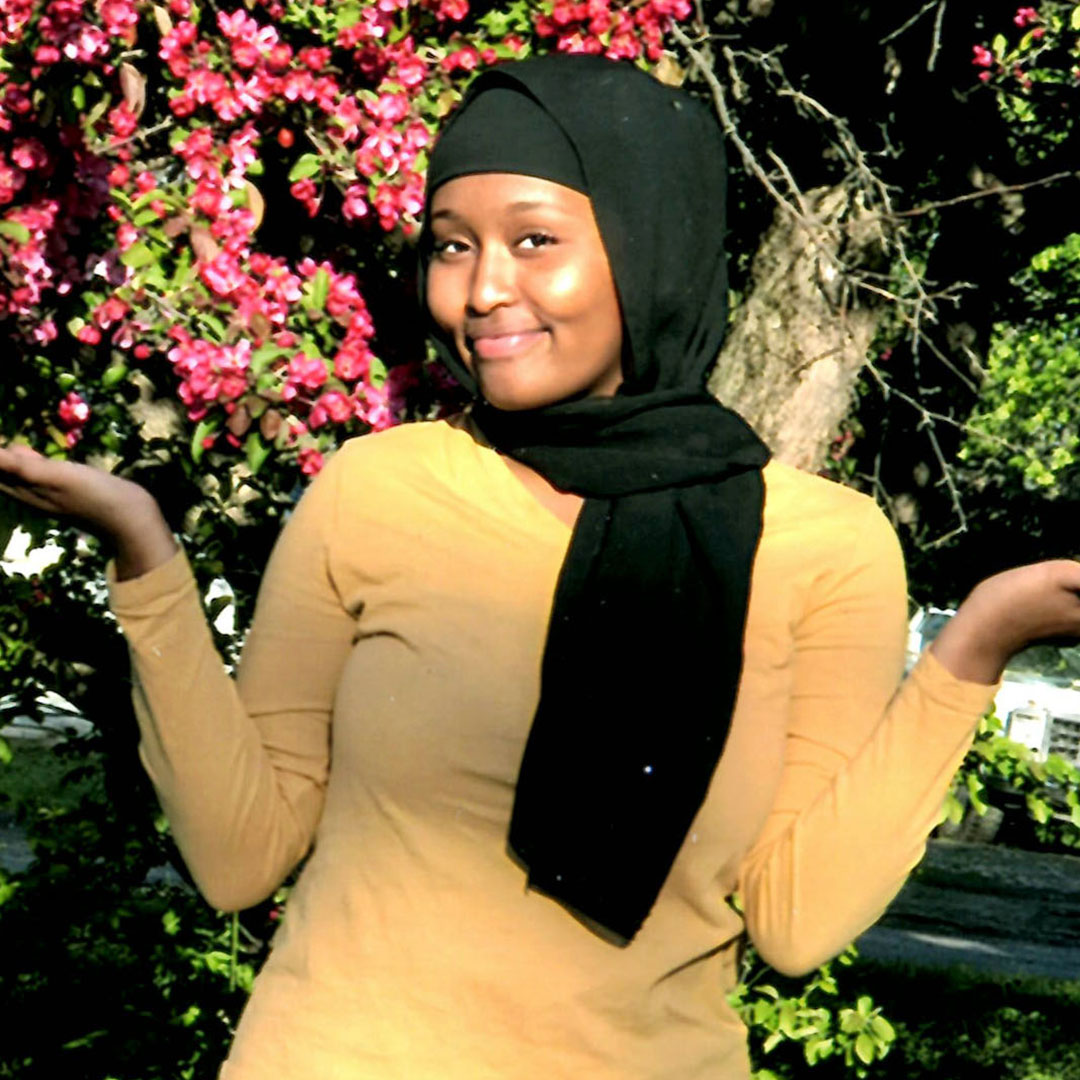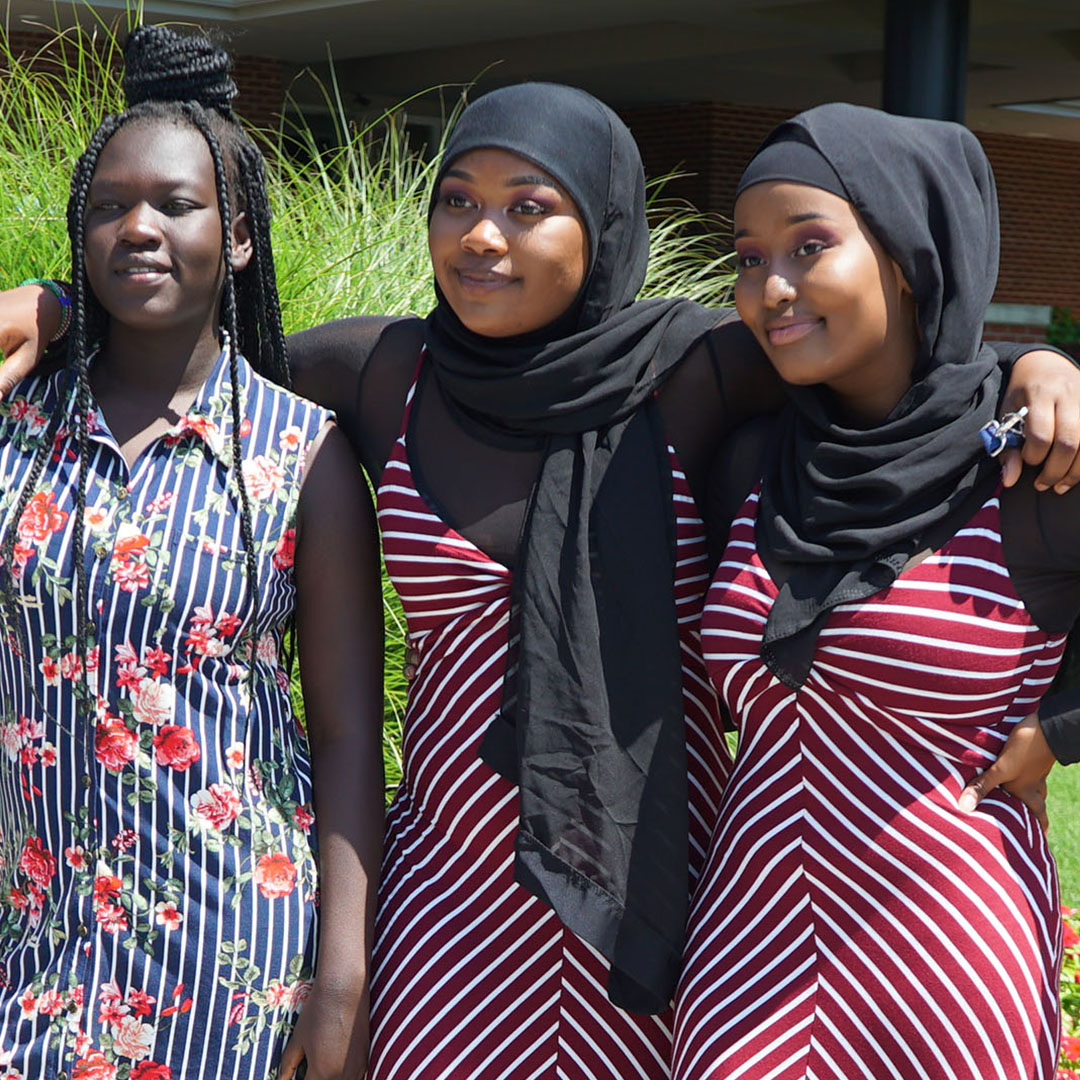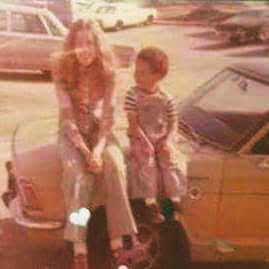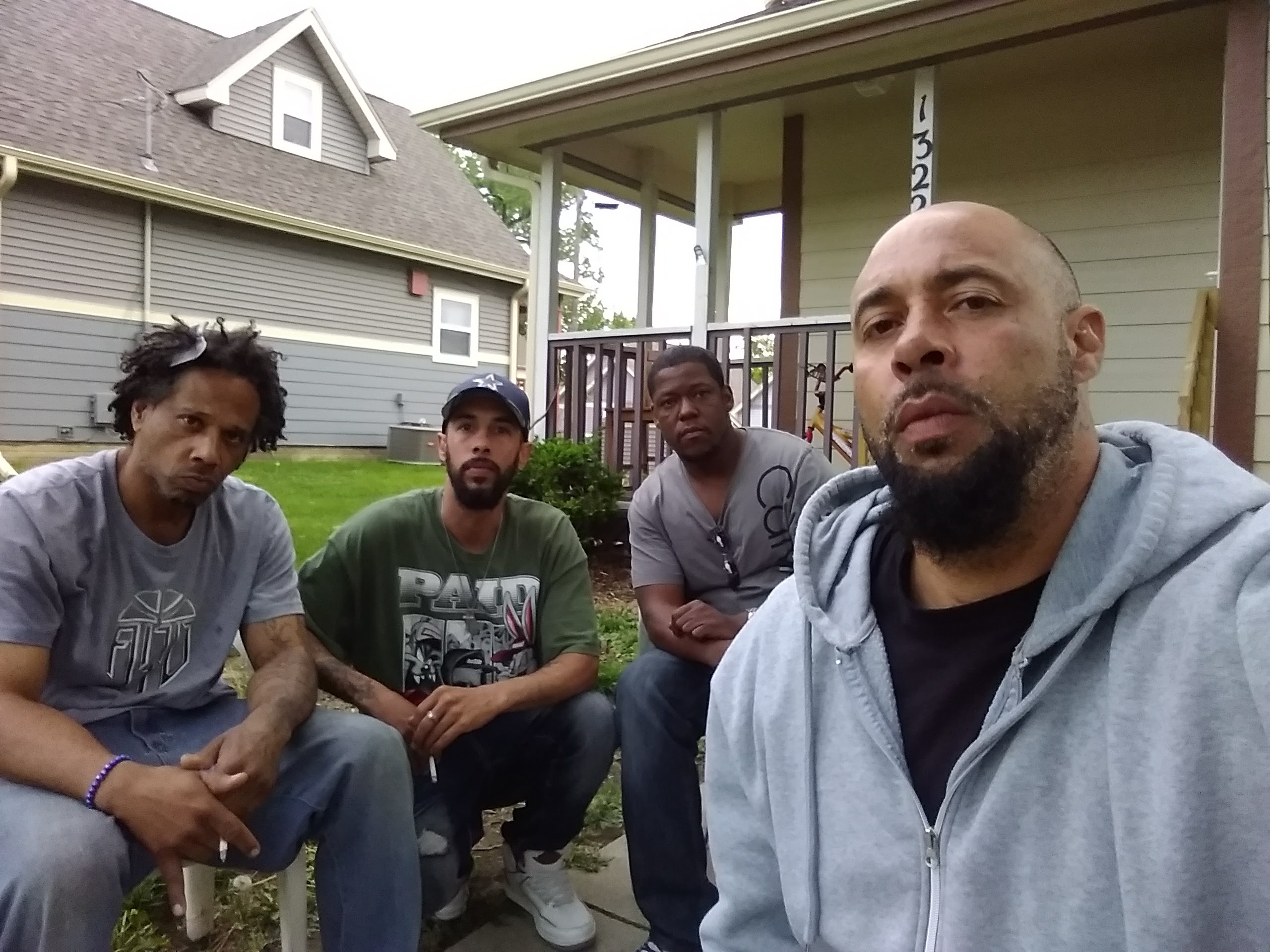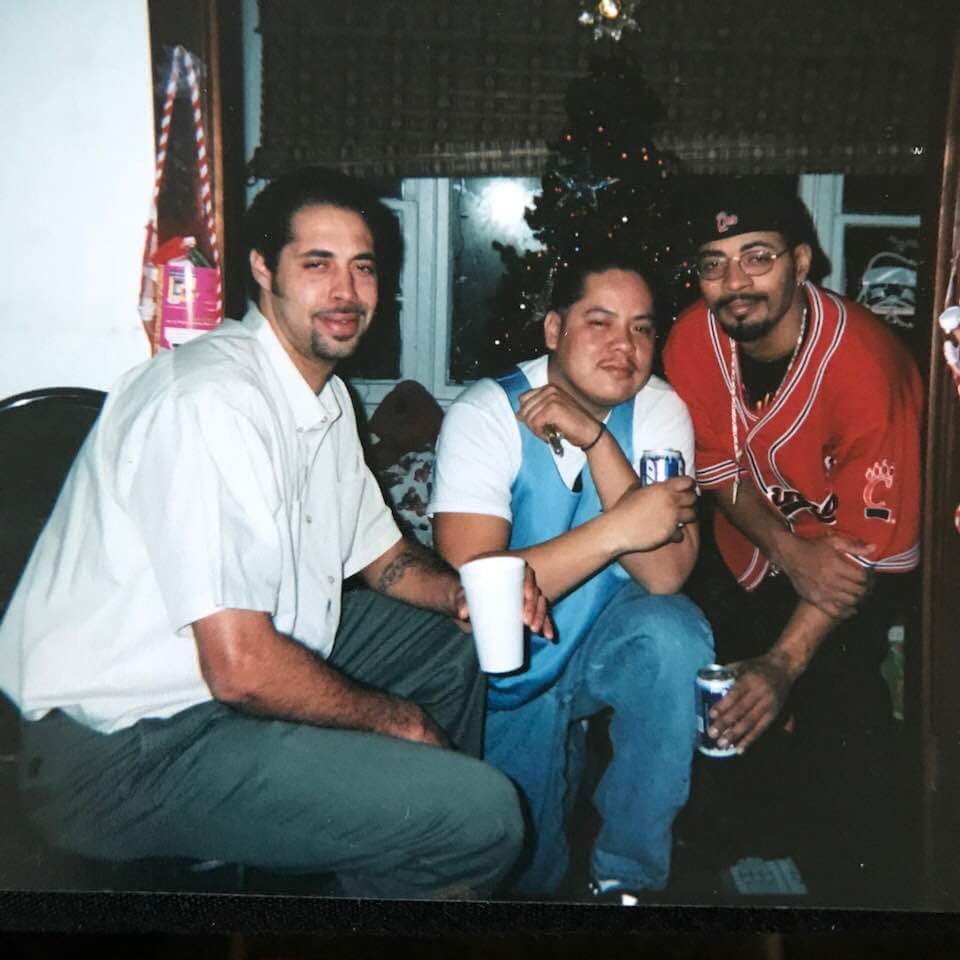Mike Hill: The Mayor of Oakridge Neighborhood
by oakridgeneidev | Jun 2, 2021 | OakridgeStrong, Our Stories, Programs & Services


Mike Hill: The Mayor of Oakridge Neighborhood
Mike Hill is known as “The Mayor of Oakridge.” It’s no wonder.
The long-time facility director at Oakridge can regularly be seen being stopped by residents to chat – about their home, the weather, or goings on in the neighborhood. People look to Mike, and he’s there for them.
“I feel real good about the place,” Mike says with pride. “I’ve spent 2/3 of my life there. I have a sense of respect for the place.”
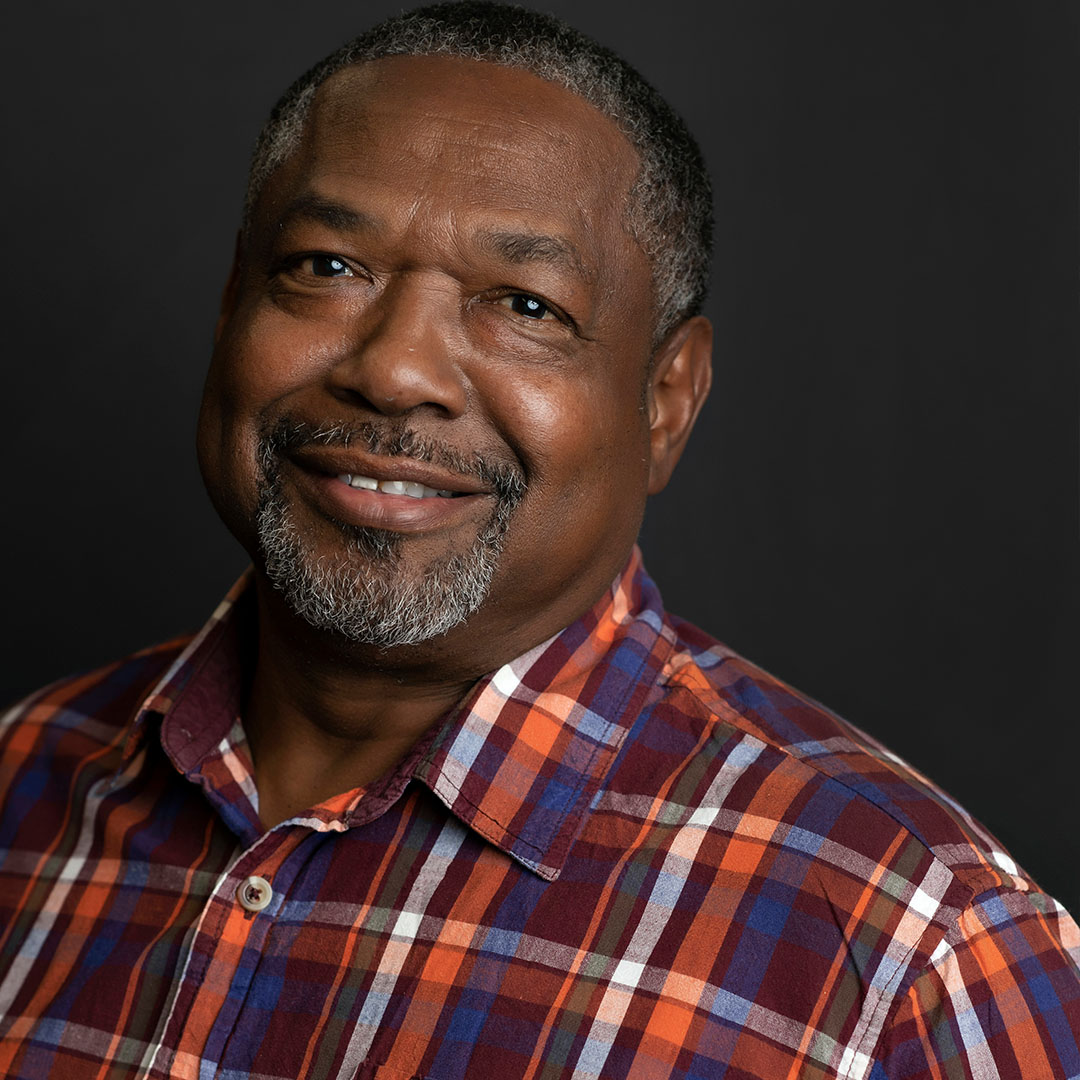
“I look at ways I can help,” he says. “I feel good when I come in and can help touch lives of the kids and adults by providing maintenance, answering questions, talking with them.”
Like so many of those that work at Oakridge Neighborhood, Mike’s position has become more than just employment. It’s a way of life and a service to others that has become part of the fabric of Mike’s life.
A Long-Term Relationship
His relationship with Oakridge started even before Mike was old enough to have a job.
“I had family members who lived there,” Mike remembers. “It was a nice place to go, to hang out at the basketball courts. It still is.”
Mike began working at Oakridge 40 years ago, starting as a groundskeeper. Today Mike is responsible for maintaining the quality living conditions of Oakridge’s 300 Section 8 housing units, plus 30 senior living apartments at Silver Oaks.
“When I first started Oakridge was a little rough around the edges,” he says, remembering a period in the 1980s when Oakridge struggled with gang and drug activity. “The property was a work in progress, maintained but not where it should have been.
“Margaret Toomey, who was a nun, was the head of it,” Mike says. “Her interest was children and their living conditions and what to do to keep the property up. She had a vision still relevant today.”
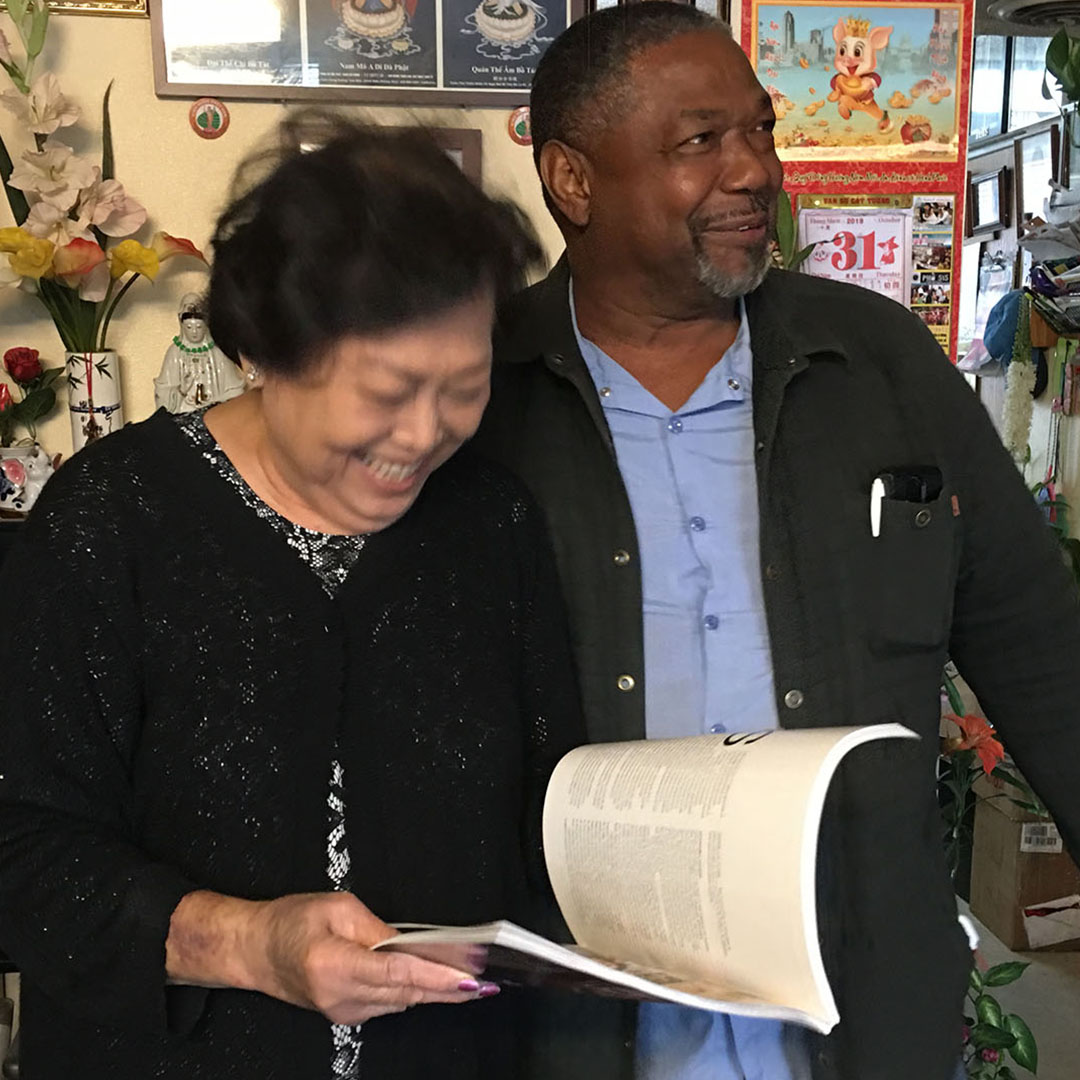
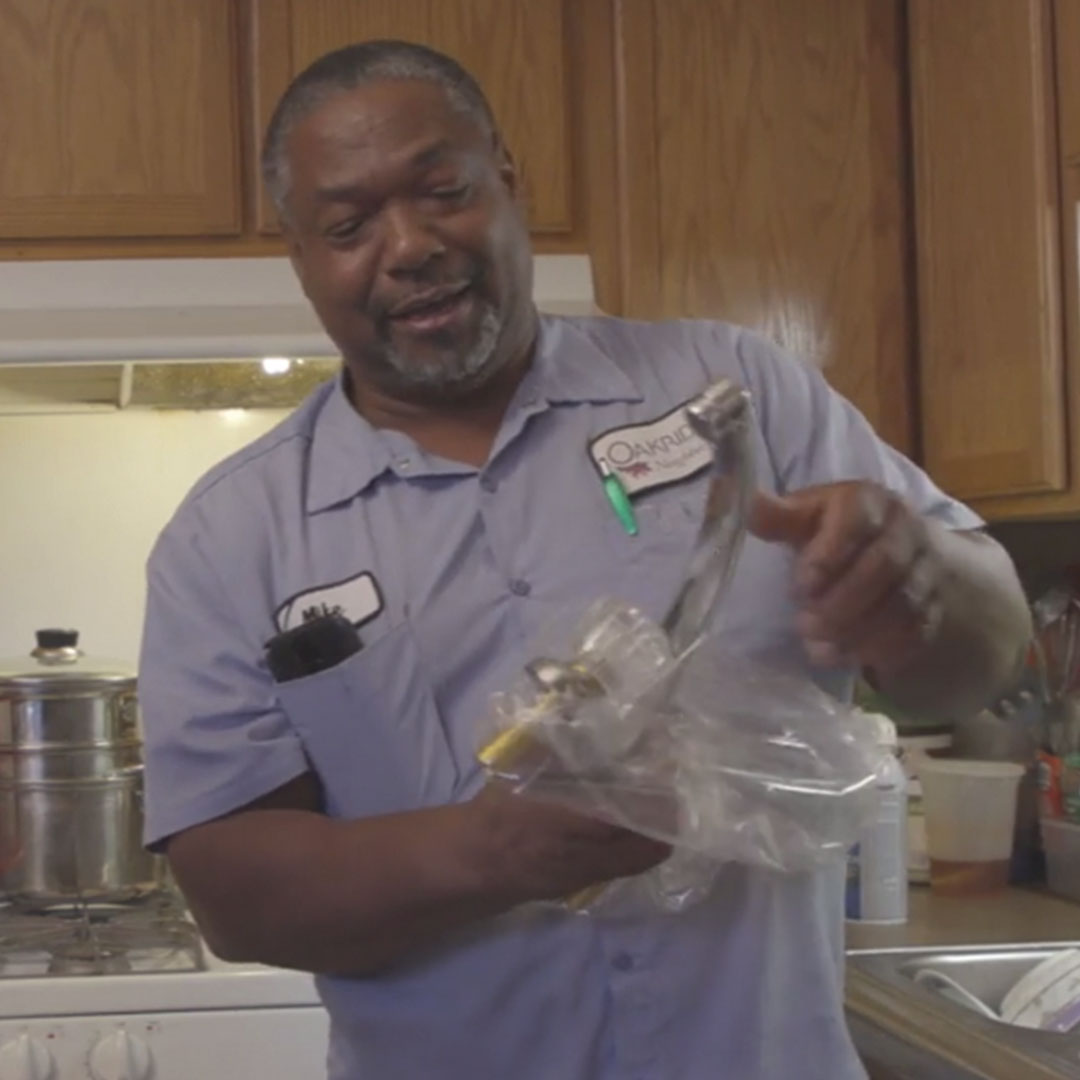
That vision included beginning to introduce some of the many wrap-around services that today distinguish Oakridge from similar housing neighborhoods across the United States. That has expanded into a robust portfolio of human service programming, including adult workforce readiness/development, family case management, financial literacy, ELL and citizenship classes, early child hood and preschool, student enrichment for children grades K-8, plus summer employment programming for 14 to 21-year-olds.
“We’ve advanced in what we have to offer,” Mike says. “We’re more than just housing, so kids can envision more for their future than they used to.”
Giving Thanks
As a result, Mike says many Oakridge residents are parents who go to work or school, thanks in part to the on-site childcare provided right on the Oakridge campus.
When they advance and make progress in life they always come back and say thank you to people that helped them,” Mike says. “Oakridge gives them a sense of hope; we give them the opportunity to know they can move on that will help them through their journey in life.
” A lot of young men and ladies looked up to the maintenance crew as father figures,” Mike says. “Many come back and thank the crew. A lot of them did really good. They got degrees and became providers for families.
“Lives change because Oakridge offers so many programs, ownership, pride,” he says. “We’re a safe, clean, loving neighborhood. Come and see us, check out our programs, talk with our residents and staff. This is a really nice place.”
Hear more from Mike here.
Employees like Mike help make Oakridge Neighborhood home for 1,000 residents, with over half of those being under 18 years old. To help make a difference, donate here or please contact Kristin Littlejohn, [email protected] or 515 | 244-7701.
